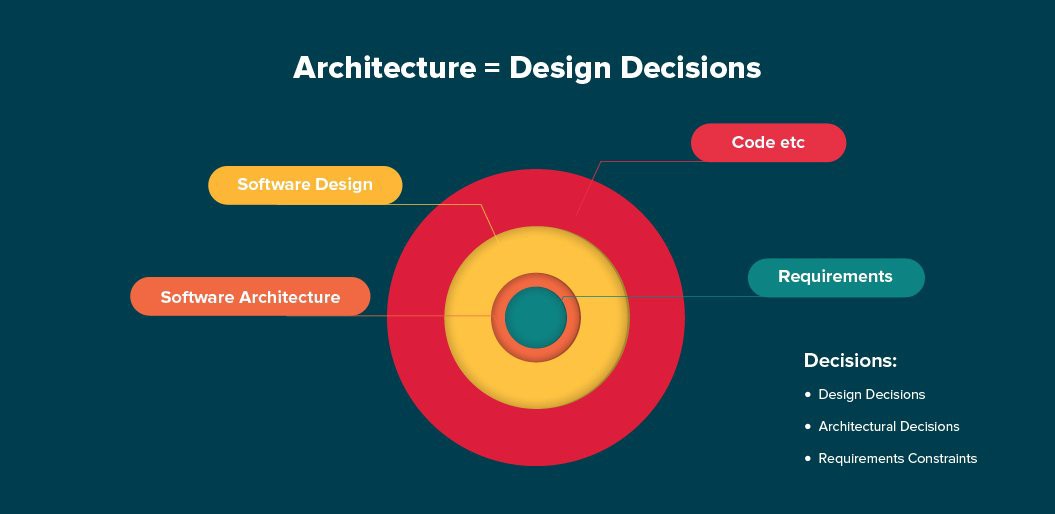Table Of Content

Template method design pattern is to define an algorithm as a skeleton of operations and leave the details to be implemented by the child classes. The overall structure and sequence of the algorithm are preserved by the parent class. It allows us to dynamically add functionality and behavior to an object without affecting the behavior of other existing objects within the same class.
Common Misconceptions and the Future of Design Patterns
The observer design pattern is useful in any kind of event-driven programming such as notifying a user of a new comment on Facebook, sending an email when an item ships, etc. Structural Design Patterns are concerned with how classes and objects are composed to form larger structures. It's important to apply the right pattern to the right problem and keep code readability in mind. Documenting design patterns is crucial for other developers to understand the purpose and functionality of the pattern in a project. Since then, design patterns have become an integral part of software development. The microservices pattern combines design patterns to create multiple services that work interdependently to create a larger application.
Abstract Factory Method Design Pattern
It’s crucial to strike a balance between using design patterns where appropriate and avoiding unnecessary complexity. Even though Alexander was talking about patterns in buildings and towns, what he says is true about object-oriented design patterns. The strategy design pattern is incredibly powerful in personalization marketing strategies, responding to client location, inputs, or actions in order to deliver a different experience to each user. A Software Design Pattern is a general, reusable solution to a commonly occurring problem within a given context in software design.
Are there design patterns specifically for real-time systems?
It is important to apply the right pattern to the right problem and keep code readability in mind. They include patterns like the strategy pattern, the template method pattern, and the state pattern. These patterns are often used to encapsulate logic, to make code more flexible, and to make it easier to change behavior without changing code. As developers gain knowledge, they often create their own design patterns tailored to specific challenges.
Software design patterns are communicating objects and classes that are customized to solve a general design problem in a particular context. Software design patterns are general, reusable solutions to common problems that arise during the design and development of software. They represent best practices for solving certain types of problems and provide a way for developers to communicate about effective design solutions. In conclusion, software design patterns are an essential tool for software development.
How to choose the right software architecture: The top 5 patterns - TechBeacon
How to choose the right software architecture: The top 5 patterns.
Posted: Tue, 22 Jan 2019 08:10:34 GMT [source]

They offer a structured approach, promoting adaptability for specific design problems. The Model-View-Controller paradigm is touted as an example of a "pattern" which predates the concept of "design patterns" by several years. This pattern can be further divided into class-creation patterns and object-creational patterns.

Observer Design Pattern
With a background in marketing, she always writes copy that leaves a lasting impact on readers. As your application is progressing, you may want to save checkpoints in your application and restore back to those checkpoints later. Intent of Memento Design pattern is without violating encapsulation, capture and externalize an object’s internal state so that the object can be restored to this state later.
Design patterns can be modified to solve many kinds of problems – they are not just tied to a single problem. An anti-pattern is a common reaction to a reoccurring problem that is usually ineffectual and potentially highly detrimental. It enables decoupling of objects by introducing a layer in between so that the interaction between objects happen via the layer.
Developer’s guide to Software architecture patterns - Packt Hub
Developer’s guide to Software architecture patterns.
Posted: Mon, 06 Aug 2018 07:00:00 GMT [source]
The decorator pattern is used to add additional functionality to an object without changing the object’s class. It is a good choice when you need to add additional functionality to an object, but don’t want to change the object’s class. Consider a company’s financial organization, which is a hierarchical structure of departments and divisions. You can use the composite pattern to represent the financial organization in your code. Each department and division can be represented as a composite object, and the composite objects can be nested to represent the hierarchical structure of the financial organization. The singleton pattern is used to ensure that there is only one instance of a class.
It is almost always a more efficient solution to use a well-factored implementation rather than a "just barely good enough" design pattern. The Composite Pattern falls under the category of Structural Design Patterns. It allows you to compose objects into tree structures to represent part-whole hierarchies. Used in graphical user interfaces to represent and work with hierarchies of objects. In this example, the `Singleton` class overrides the `__new__` method, which is responsible for creating a new instance of the class. The first time the `Singleton` class is instantiated, it creates a new instance.
Design patterns provide reusable solutions to common problems, helping developers create robust and maintainable software systems. Design patterns play a crucial role in software engineering, providing reusable solutions to common problems in software design. By leveraging design patterns, developers can create robust, maintainable, and scalable software systems. Whether you’re working with object-oriented or functional programming, design patterns offer a powerful toolkit for improving your software designs.
While an algorithm always defines a clear set of actions that can achieve some goal, a pattern is a more high-level description of a solution. The code of the same pattern applied to two different programs may be different. Imagine you are developing a financial analysis tool and want to allow users to choose different analysis methods. You can use the strategy pattern to create a strategy class for each analysis method.
The model-view-controller (MVC) pattern divides an application into three components. This pattern enables the application to generate various views, but its layers of abstraction increase complexity. There are numerous advantages to using architectural patterns in your software designs. They increase your efficiency, productivity, and speed; optimize development costs; improve planning; and more. In addition, Gamma stated in that interview with InformIT that he wanted to remove the Singleton creational pattern, but no consensus was found among the authors. The template method pattern is used to define a skeleton of an algorithm, and to allow subclasses to provide specific steps of the algorithm.
No comments:
Post a Comment